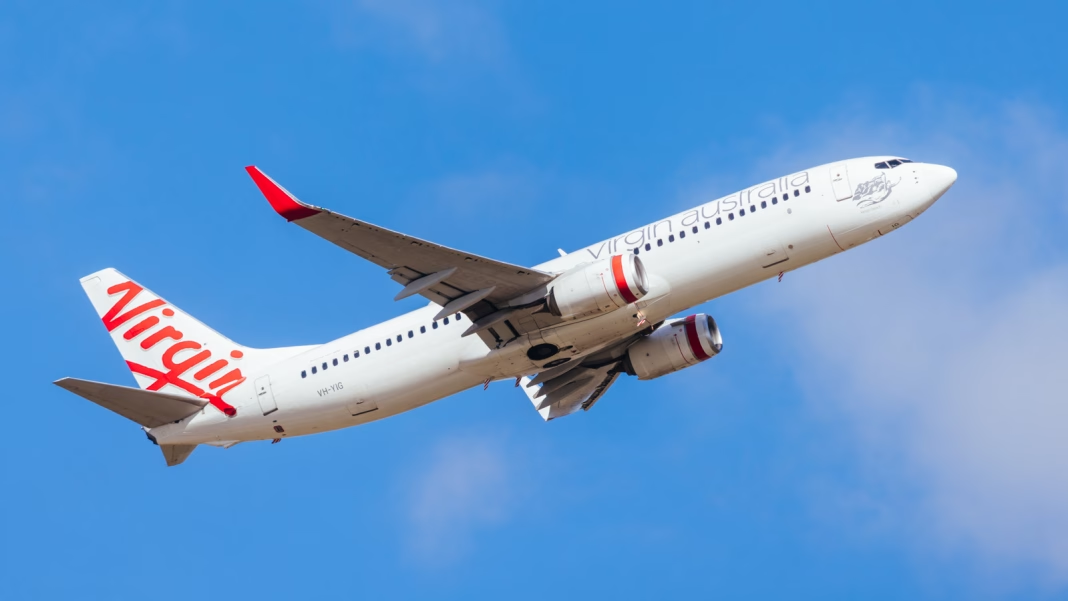How Did a Passenger Jet End Up Flying Over a Chinese Naval Live-Fire Exercise?
Picture this: you’re cruising at 35,000 feet, maybe sipping coffee, when suddenly your pilot is talking to air traffic control about a live-fire naval exercise below. Sounds like something out of a thriller, right? Yet, that’s exactly what happened when a passenger airliner found itself flying over an active Chinese military drill. The audio between the flight crew and controllers could have come straight from a Tom Clancy novel—tense, urgent, and very, very real.
What Went Wrong with the Flight Path Coordination?
Commercial flights are meticulously planned, with routes designed to avoid restricted airspace—especially during military exercises. So how did this slip through the cracks? According to aviation safety experts, the answer often lies in communication breakdowns between civil aviation authorities and military planners. In some regions, especially where military drills are frequent and airspace is crowded, last-minute changes or incomplete notifications can leave airlines in the dark.
A 2023 report from the International Air Transport Association (IATA) highlighted that nearly 8% of flight path deviations worldwide are linked to late or unclear military airspace notifications. In this case, it’s likely that either the airline didn’t receive timely notice, or the boundaries of the exercise weren’t clearly communicated to civilian controllers. The result? A passenger jet flying right over a live-fire zone—hardly anyone’s idea of a smooth flight.
How Do Pilots and Air Traffic Controllers Handle These High-Stress Moments?
When a situation like this unfolds, the cockpit becomes a hive of activity. Pilots are trained to stay calm, assess the risk, and communicate clearly with air traffic control. The audio from this incident captures that perfectly: clipped, focused exchanges as the crew seeks clarification and rerouting instructions. It’s a testament to the professionalism of both pilots and controllers that these situations rarely escalate into disaster.
A former commercial pilot, Captain Sarah Lin, explains, “We’re drilled on emergency protocols, but nothing quite prepares you for the adrenaline rush when you realize you’re in restricted airspace. The key is to trust your training and keep the lines of communication open.” In most cases, quick action—usually a course correction or altitude change—gets everyone out of harm’s way.
What Are the Risks When Civilian Flights Cross Paths with Military Drills?
The dangers are real, even if incidents like this are rare. Live-fire exercises involve everything from anti-aircraft missiles to naval artillery. While military planners do their best to keep civilian traffic clear, a miscommunication or navigation error can put lives at risk. The 2014 downing of Malaysia Airlines Flight 17 over Ukraine is a sobering reminder of what can go wrong when civilian and military operations collide.
Aviation risk analyst Dr. Michael Cheng notes, “Even a near-miss can have cascading effects—panic in the cabin, abrupt maneuvers, and long-term trust issues between airlines and passengers.” That’s why international aviation bodies continuously push for better coordination and real-time data sharing between military and civilian authorities.
How Can Future Incidents Like This Be Prevented?
Technology is helping, but it’s not a silver bullet. Modern aircraft are equipped with advanced navigation systems that can flag restricted zones, and many airlines use real-time airspace updates. However, the human element—clear, timely communication—remains critical.
Some countries have adopted joint civil-military airspace management centers, which have cut incidents by up to 60% according to a 2022 ICAO study. Others are experimenting with AI-driven alert systems that warn pilots of sudden airspace closures. Still, experts agree that the best defense is a culture of transparency and collaboration.
What Should Passengers Know If They Hear About Incidents Like This?
If you ever hear about your flight being rerouted due to military activity, don’t panic. These situations are rare, and crews are highly trained to handle them. Airlines and regulators investigate every incident thoroughly, and improvements are made to prevent repeats. The odds of being caught in a similar scenario are vanishingly small—less than one in a million, according to FAA data.
The big takeaway? Air travel safety isn’t about perfection—it’s about smarter adjustments. Start with one change this week, and you’ll likely spot the difference by month’s end. Whether it’s better communication or new tech, every tweak brings us closer to skies where the only drama is the view out your window.


